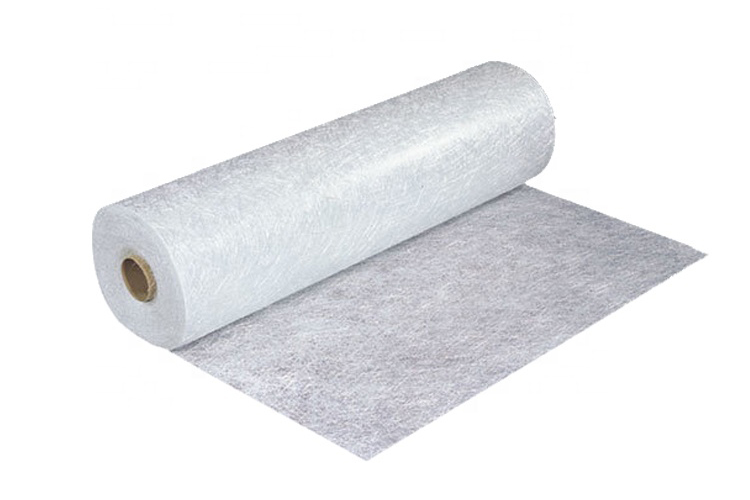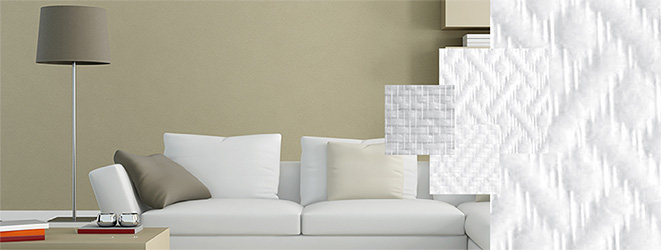Fiberglass nonwoven
Fiberglass nonwoven is a universal decorative reinforcing material for painting, the main function of which is to protect surfaces from cracks. It is a thin non-woven wall covering pressed from fiberglass yarns in combination with polymer additives. The material is delivered in rolls, one meter wide and twenty or fifty meters long and with a density of 25 to 50 g / m2.
- It is possible to reinforce walls in buildings that did not settle or in which mechanical damage is possible
- Suitable for all surfaces: concrete, brick, drywall, particleboard, plastic or metal
- Prevents mold
- Provides clean and tight surfaces
- Multiple repainting is possible.
- Easy to use
- Air and vapur permeable
Functional – you can use alkaline detergents, brushes - Non-porous structure, no environment for the fungus formation

German-made fiberglass nonwoven meets European quality standards. Having high parameter stability, it is one of the cheapest materials for “rough” wall decoration.
The use of fiberglass nonwoven simplifies the finishing process, and also hides small cracks and bumps.
Thanks to fiberglass, the nonwoven is a non-combustible material. Neutral color, easy to paint, and the small weight of the rolls due to the low density of the material (from 25 to 50 g / m2) is convenient for transportation to private customers.
Fiberglass nonwoven of lower density is used for painting, denser nonwovens are used for reinforcement. This material hides microcracks well, but at the same time it keeps the walls breathable. The composition of natural components (pressed fiberglass) does not violate the environmental situation and, thanks to the breathable structure, contributes to the preservation of the microclimate in a room.
Fiberglass is used on concrete and brick substrates, drywall and chipboard (fiberboard), wood and metal substrates. Fiberglass nonwoven is put on ceilings and walls. After repair, the plaster often has small cracks, the veil reinforces the surface, preventing them from appearing, hides rust spots, seams between the panels, and creates an even smooth surface. The veil also has a “design” mission: with the help of this material you can give the walls the effect of “marbling”, the main thing is to choose the right paint.


